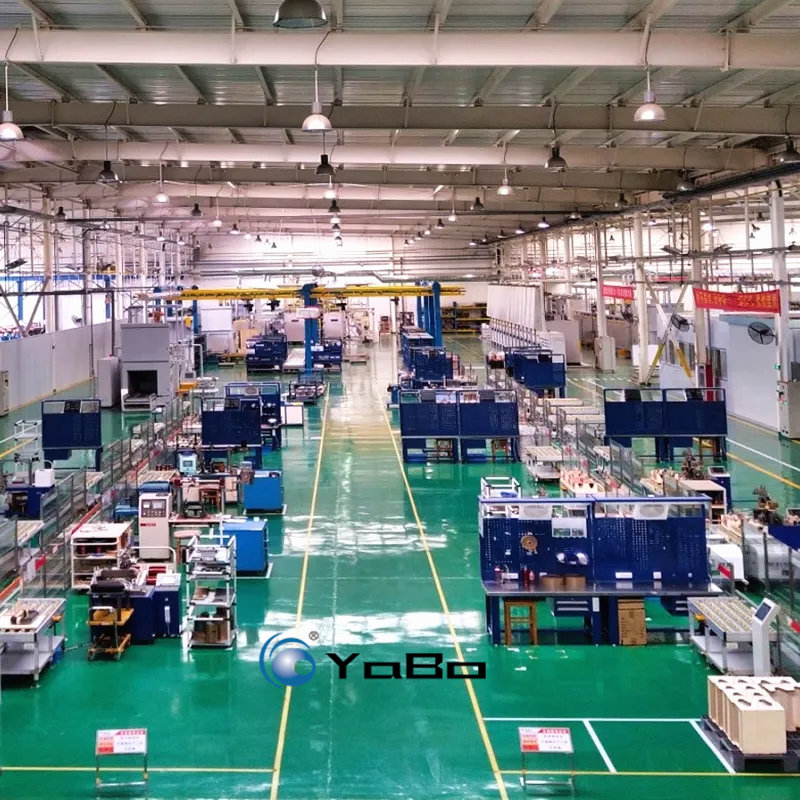The inverter assembly line is usually divided into multiple sections according to functions, and each section is connected by conveyor belts or AGVs (automatic guided vehicles) to realize material flow and process connection.
The core production links of our inverter assembly line
1,High-speed surface mount assembly: Equipped with precise pick and place machines (accuracy of ' 01 mm) and artificial intelligence-driven AOI inspection systems ensure perfect welding of resistors, capacitors and IGBT modules.
2,DIP plug-ins and wave soldering: For large components that cannot be mounted (such as electrolytic capacitors, relays, and terminals), you need to insert the through-hole pads of the PCB and then solder them through a wave soldering machine. Wave soldering covers the solder joints with a flow of molten tin to ensure mechanical strength and electrical conductivity.
3, Power module integration: Power modules (such as IGBT modules) are the core modules of the inverter and are responsible for high-frequency switching from DC to AC. It needs to be soldered or crimped to the power output area of the PCB, connected to the heat sink, and filled the gap with thermally conductive silicone grease to reduce thermal resistance.
4,Control circuit assembly and debugging: Assemble the soldered PCB (including the main control chip, drive circuit, sampling circuit) with structural parts (such as capacitor bracket, sensor interface) to complete the preliminary fixation of the control board.
Functional debugging: Write firmware to the main control chip through a programmer or test tooling and verify basic functions.
With the development of the new energy (photovoltaic, energy storage) industry, assembly lines are being upgraded towards higher automation, flexibility and intelligence to meet the mass production needs of high-power, high-reliability inverters. Our advanced inverter assembly line integrates cutting-edge automation technology, strict quality control and flexible customization capabilities, is efficient and meets international standards, and is designed to meet the needs of the global market.

